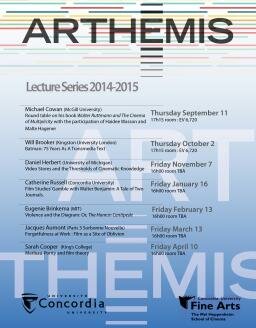
Arthemis Lecture Series 2014-15
With Michael Cowan, Will Brooker, Daniel Herbert, Catherine Russell, Eugenie Brinkema, Jacques Aumont, Sarah Cooper.
Talks
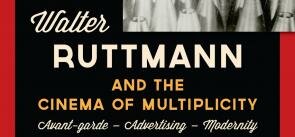
The name Walter Ruttmann recalls enthralling and controversial contexts. A pioneer of experimental film, whose Berlin: Symphony of a Great City is still seen as the quintessential urban documentary of the 1920s, Ruttmann also worked extensively in advertising and other commissioned film genres throughout the 1920s and 30s.


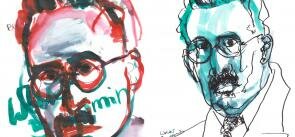
Although Walter Benjamin is frequently cited in film studies scholarship, there is little consensus on what he really offers the discipline. Working with several PhD students, I have tracked citations of Walter Benjamin in two major film studies journals, Cinema Journal and Screen from 1990 to 2014.
In considering why it took so long for cinema to acquire sound it is important to compare between different historical periods. The slow-paced evolution of film sound (this was everything but a revolution) is not well known or documented in good measure because few people know just how diverse the environments for film screenings were during the first 30 years of cinema.
This talk contemplates the figure of enchainment in one of the more graphic films of contemporary horror and exploitation cinema, Tom Six’s The Human Centipede (2009), which literalizes intolerable fastening, an anxiety of overclose touching, in the conceit of its title—a cruel violence in which three bodies are sewn to each other, mouth to anus.
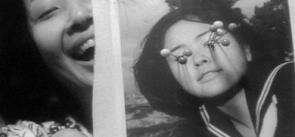
In most cases, to film (the act of filming something) implies capturing an event which actually takes place, in order to create an image of this event – faithful or not, altered or not, but always referring to it. We all know the momentous importance that the history of film theory has assigned to this conservation of the filmed event, in a filmic work that would perpetuate its memory.
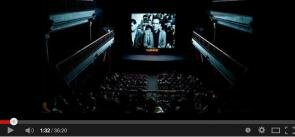
Of the large human symbolic constructions, fiction is probably the most ancient and universal. It concerns every one of us and constitutes an important part of our mental activity. Its main purpose is to duplicate our direct experience of the world while giving it symbolic form; hence its cognitive and even reflexive aspects.
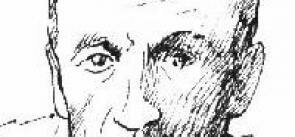
From the mid-1940s, when Maurice Merleau-Ponty gave a lecture on film at the Institut des hautes études cinématographiques in Paris, which was subsequently published as ‘Le Cinéma et la nouvelle psychologie’ (‘Cinema and the New Psychology’), film scholars have shown a keen interest in the relationship between his philosophy and cinema.